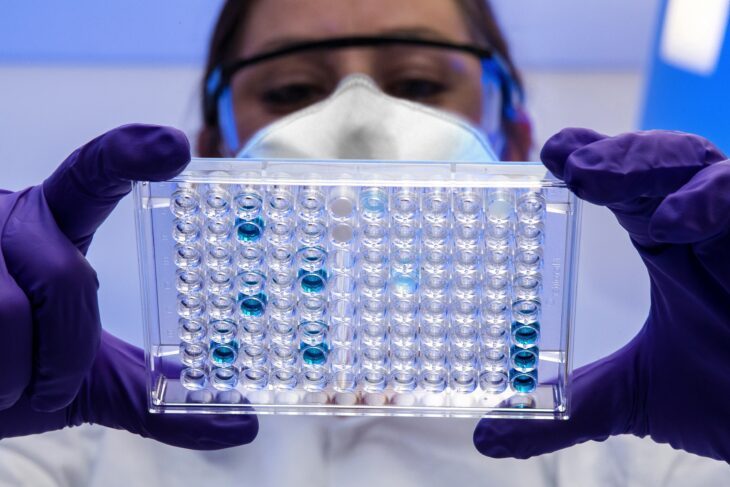Genetic diseases, like cancer and sickle cell anemia, are some of the most complex diseases to cure. That’s because regardless of how sophisticated a treatment is, if it’s not fixing the faulty gene, it’s not fixing the problem.
When viruses infect bacteria more than once, bacteria use a natural memory system to ‘remember’ the viruses’ DNA and destroy the invaders by cutting the DNA, which viruses can’t survive without. The system they use is called CRISPR, meaning clustered regularly interspaced short palindromic repeats. Researchers have copied this system to target and edit the human DNA at specific locations, usually for medical purposes.
A CRISPR system can delete, delete and insert, or only insert a DNA sequence into a cell to fix a faulty gene. In theory, doctors should be able to spot the bad region of DNA in a cell and use the CRISPR system to alter that region and improve it. But, in reality, the treatment is more complex and doesn’t always turn out the way doctors expected.
Scientists implementing CRISPR gene editing face two major challenges. The first challenge is that CRISPR cells have a hard time penetrating the cells removed from patients, also called primary T cells. Primary T cells fight off diseases naturally or with help from drugs, which makes them helpful for gene editing. The second challenge is that sometimes the CRISPR system edits genes incorrectly, which can be toxic.
Scientists in the past have used viruses, nanoparticles, or short protein chains with cell-penetrating abilities to deliver the CRISPR system for gene editing. These delivery vehicles often fail completely or make toxic genes. This delivery method also requires the researchers to combine the CRISPR system with its vehicle, which is complicated and time-consuming.
Harmful viruses, like HIV and influenza, penetrate human cells using specific bits of proteins, called peptides. Researchers from the University of Pennsylvania recently set out to use protein fragments from these viruses to improve the penetrating power of gene editing systems. They called their new method peptide-assisted genome editing, or PAGE.
Their main aim was to develop a successful gene editing method that was fast, safe, and easy for other scientists to adopt. First, they changed the current gene editing methods, by adjusting parameters like the concentration of CRISPR delivery vehicles, to see if this changed how human cells took up the CRISPR system. They found regardless of their adjustments, the cells still didn’t take up the gene editing system completely or the system made toxic errors.
Next, the researchers created the new PAGE delivery system, by using pure, high-quality protein fragments from HIV and influenza to deliver the CRISPR system into cells. They tried protein fragments from each virus individually and from both viruses combined.
They found the individual protein fragments didn’t help the cells take up the CRISPR system by themselves. But combining the protein fragments from both viruses helped the CRISPR system penetrate cells up to 5 times better than before. They also helped the CRISPR system correctly edit the genes up to 62 times better.
The researchers also found different primary T cells from mice and humans were able to take up the CRISPR system to accurately delete genes, insert genes, or do both. They compared changes in normal and edited cells using cell cultures and computational models to confirm there were zero or minor unwanted genetic changes after the editing.
Finally, the researchers assessed how effective PAGE was on different treatment methods, either editing genes directly within the patient, or editing genes extracted from the patient. They found that with PAGE, the CRISPR system penetrated the cells and edited the genes both inside and outside the patient better than in previous methods.
The team interpreted their results to imply protein fragments from viruses can assist gene editing systems to provide precise and targeted treatment. They suggested this method could better treat patients undergoing gene therapy for diseases like sickle cell anemia and cancer.


